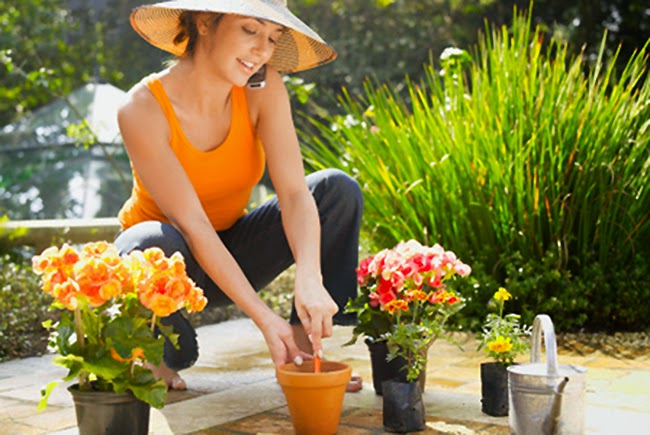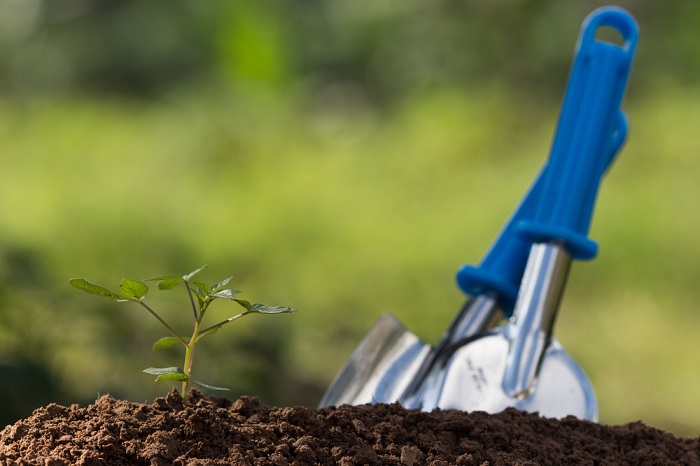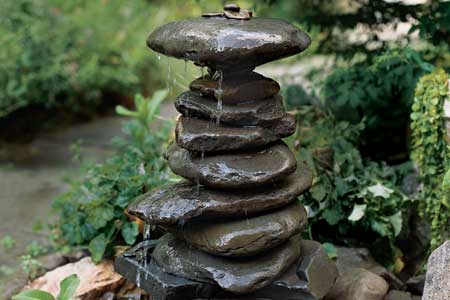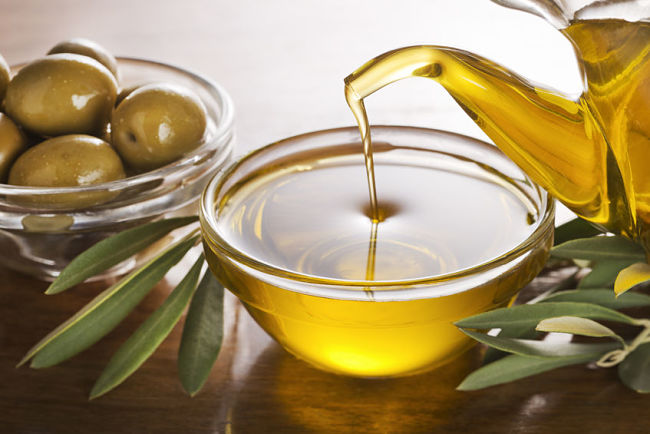Ornamental plants, as their name already indicates, are those that are cultivated and developed for decorative or aesthetic purposes due to their natural beauty. Next, we are going to offer you five ways to control pests in a biological way or what is the same, without the use of chemicals.

Indoor plants, like ornamental plants, are particularly attacked by aphids, spider mites, and other parasites and pests . The leaves turn yellow, curl or pierce, they must be exchanged quickly so that other plants do not become infected. But what should be done to control these pests with natural products?
Pest control in ornamental plants
In winter, hot air and low light weaken the pots, in summer the pests simply pass through the open window into the pots on the kitchen window.
There are many ways in which indoor plants can become infested with pests, for example the appearance of aphids and other types of insects usually attack our ornamental plants, almost destroying them completely.
To get rid of decorative plant pests, you don’t have to turn to chemical pesticides right away. You can try some of the following tips for pest control without using chemicals. We mainly recommend homemade preparations to eliminate aphids and any of the other insects in the garden.
1. Lures
Use yellow lures soaked in a sticky substance, as these attract aphids. They do not contain insecticides and do not harm beneficial insects. These traps can also be used outside. Also, some jars of jam covered with traces of sugar or beer are ideal to attract cockroaches.
2. Removal of debris
Debris and solid waste can hide pests and diseases. In the fall, remove and burn debris at the base of the hedges. It is also important to keep plants clean and free of debris.
3. Keep plants weed free
The weeds are a haven for pests and also reduce the circulation of air. Its withdrawal must be immediate.
4. Good land preparation
When preparing new beds, good soil cultivation exposes pests such as white worms, cutworms, and wireworms to birds to frost. It also encourages the presence of deep and well anchored roots.
5. Drainage methods
An excess of water and humidity in the soil encourages the presence of pests such as slugs, snails, millipedes and European tip lids.
However, on the other hand, a healthy indoor climate and regular spraying of plants with water also prevents mite infestation. These prefer, like aphids, hot and dry air and therefore prefer to spread in heated living rooms over decorative indoor plants.








